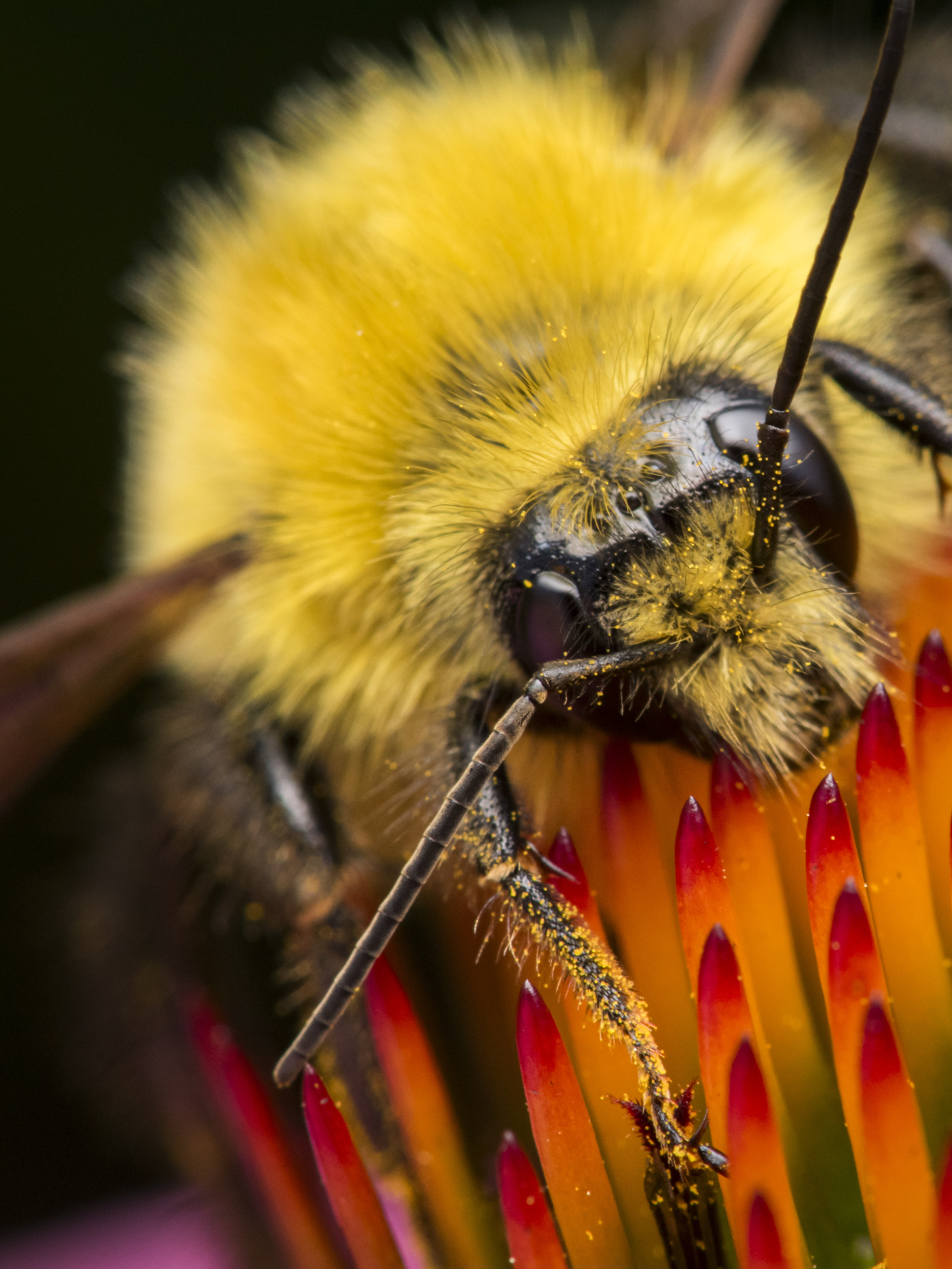
Cover image

Volume 15, Issue 8, August 2025
Call for Papers
Selfish elements: genetics of natural and synthetic systems
Investigations
Shifts in bee diet breadths are associated with gene gains and losses and positive selection across olfactory receptors
The transsulfuration pathway suppresses the embryonic lethal phenotype of glutathione reductase mutants in Caenorhabditis elegans
First transcriptome analysis of the winter tick (Dermacentor albipictus) reveals sex-specific expression patterns and potential targets for genetic control
Screening a new European hake (Merluccius merluccius) chromosome-level genome assembly suggests an XX/XY sex-determining system driven by the SRY-box transcription factor 3 (sox3)
New alleles of D-2-hydroxyglutarate dehydrogenase enable studies of oncometabolite function in Drosophila melanogaster
Aberrant accumulation of the metabolite D-2-hydroxyglutarate (D-2HG) is implicated in cancer progression and neurometabolic disorders, though its pathological effects vary depending on genetic context. To explore how genetic background influences D-2HG-associated phenotypes, Rai et al. generated two loss-of-function alleles in the Drosophila melanogaster gene D2hgdh, which encodes the enzyme responsible for degrading D-2HG. These mutants exhibit elevated D-2HG levels along with distinct developmental and metabolic abnormalities. Overall, the authors’ efforts provide the Drosophila community with new mutant strains that can be used to study D-2HG function in human disease models as well as in the context of normal growth, metabolism, and physiology.
Efficient iterative CRISPR/Cas9 editing using sid-1 co-conversion and feeding RNAi in Caenorhabditis elegans
Parental origin of transgene determines recombination efficiency in GFAP-creERT2 mice
Five new Caenorhabditis species from Indonesia provide exceptions to Haldane's rule and partial fertility of interspecific hybrids
This work addresses the biodiversity, phylogenetic relationships, and genetic incompatibilities of Caenorhabditis nematodes, which are laboratory model organisms. Through field studies, the authors isolated 60 Caenorhabditis strains in Indonesia, representing ten species, including five newly described. From RNA sequencing and phylogenetic reconstruction, all ten species belong to the Elegans group of Caenorhabditis. In crosses between closely related species, the hybrid progeny can be all females, abiding by Haldane’s rule, but in other cases all males. In one species pair, partially fertile hybrids are produced in one cross direction. These closely related species are good models for studying genetic incompatibilities.
Using repeated lysis steps fractionates between heterotrophic and cyanobacterial DNA extracted from xenic cyanobacterial cultures
Near 100% efficient homology-dependent genome engineering in the human fungal pathogen Cryptococcus neoformans
Genomic and transcriptomic characterization of carbohydrate-active enzymes in the anaerobic fungus Neocallimastix cameroonii var. constans
Transcriptional memory dampens heat shock responses in yeast: functional role of Mip6 and its interaction with Rpd3
Phase-free local ancestry inference mitigates the impact of switch errors on phase-based methods
Inferring the source population of genetic markers in an individual, or local ancestry inference (LAI), is important for numerous applications in genetics. However, few independent analyses of existing LAI methods’ performance have been done, and while the impact of phase uncertainty on LAI is broadly appreciated, this relationship has not been examined in detail. Avadhanam and Williams’ work aims to bridge this gap and their findings indicate that in datasets with thousands of individuals, phase-free approaches outperform phase-based approaches.
Revealing the range of equally likely estimates in the admixture model
Minimizing detection bias of somatic mutations in a highly heterozygous oak genome
Genome Reports
The genome of the American dog tick (Dermacentor variabilis)
A reference genome for Trichogramma kaykai: a tiny desert-dwelling parasitoid wasp with competing sex-ratio distorters
Reproduction in the parasitic wasp Trichogramma kaykai is determined by the presence of a bacterial symbiont that converts offspring to female (“parthenogenesis”), and a selfish male-making chromosome. This work presents sequencing, assembly, and analysis of the wasp’s genome, and that of its Wolbachia symbiont. Genes involved in parthenogenesis induction are identified and comparative analyses across Trichogramma reveal conservation within the genus. These genome resources will enhance our ability to study reproductive biology and support a foundational understanding of Trichogramma, which are applied globally to manage agricultural pests.
Pinus radiata genome reveals a downward demographic trajectory and opportunities for genomics-assisted breeding
Measuring genetic diversity of Texas bluegrass and allele sharing with Kentucky bluegrass interspecific hybrids using genome-wide markers
Mutant Screen Report
Characterizing fatty acid oxidation genes in Drosophila
Software and Data Resources
diplo-locus: a lightweight toolkit for inference and simulation of time-series genetic data under general diploid selection
Semi-parametric validation of genomic predictions and polygenic risk scores with the Blupf90 software suite
Validation of genomic predictions or polygenic risk scores is crucial for model selection and validating the performance of the chosen model. Non-parametric cross-validation does not consider population structure, and that not all individuals are of the same interest for validation. Semi-parametric validation overcomes these issues. Bermann et al. developed a software called validationf90, which performs semi-parametric validation within the Blupf90 software suite. This type of validation, as well as the software tool, is applicable to animal, plant, and human datasets.


